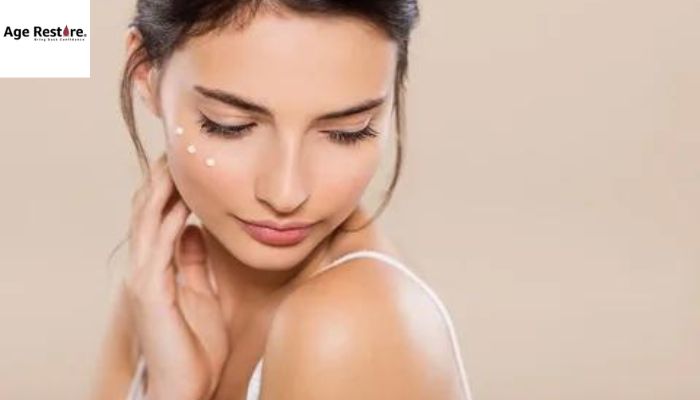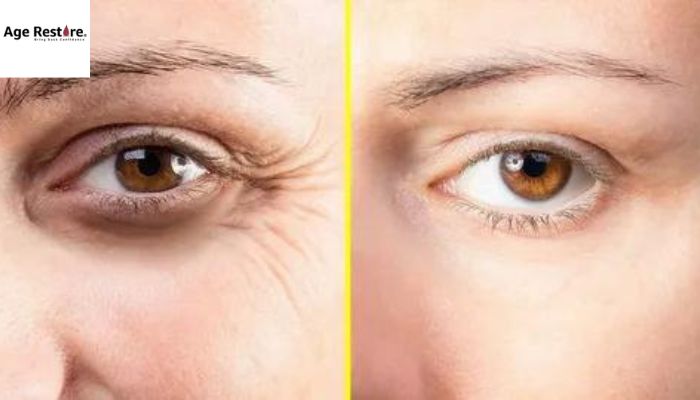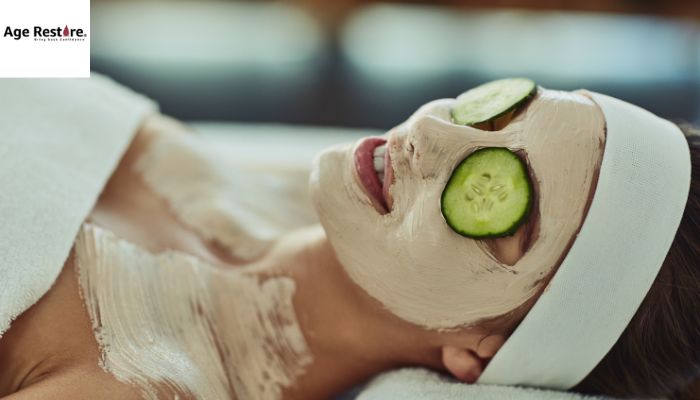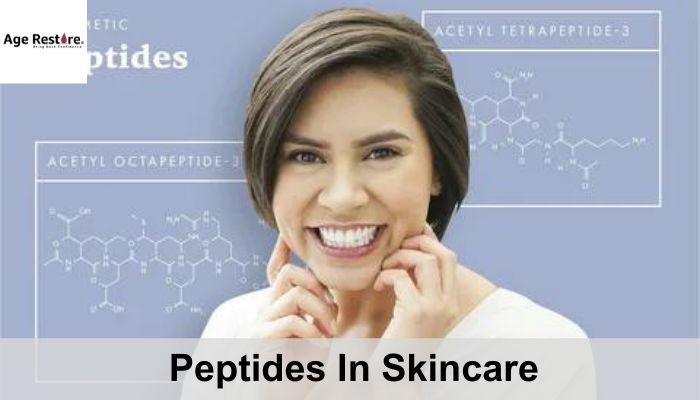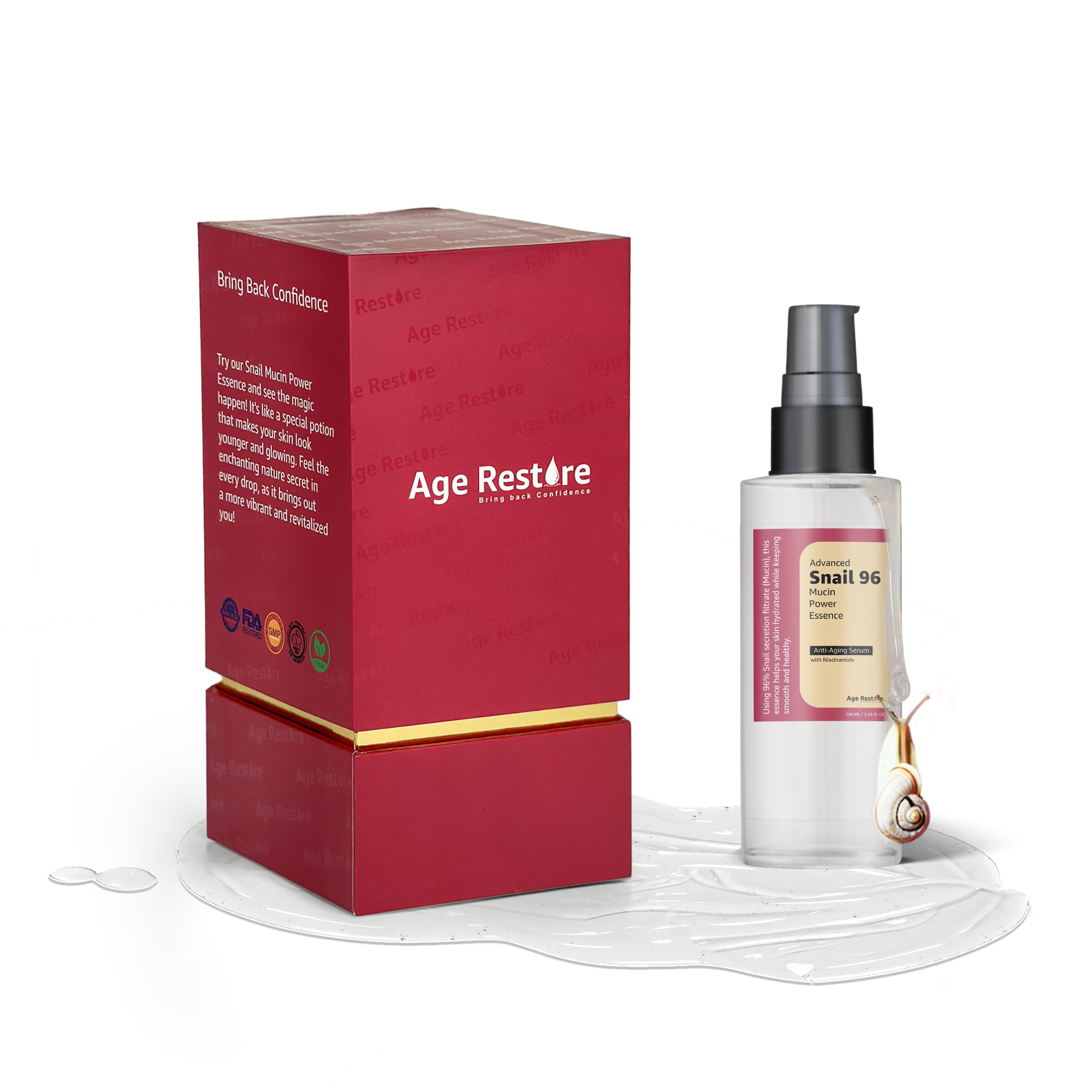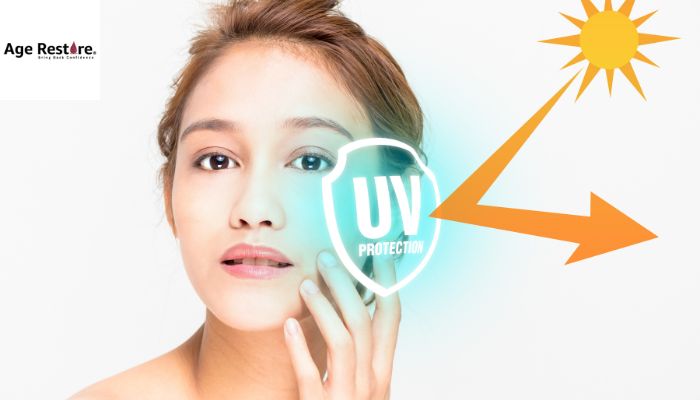
Everything You Need To Know About UV Protection
If you already use sunscreen all year round, that is fantastic. But if not yet, perhaps we can help change that by informing you on the dangers posed by UV rays from the Sun.
But although it can be lovely to feel the sun's warm rays on your skin, the risk is simply not worth taking.
Sun damage to skin can be catastrophic. Anyone suffering from dermatitis or rosacea knows all too well how heat from infrared radiation can aggravate it further, while blocked pores trap sweat under your skin and lead to blisters and bumps that itch and burn intensely.
However, the sun can also pose another serious risk - UV radiation - one of the major contributors to premature skin aging and skin cancer. Let us elaborate...
What Is UV Radiation, Scientifically Speaking
Our sun is made up of various forms of energy called the electromagnetic spectrum. Much of it remains invisible to the naked eye; fortunately, however, earth's atmosphere offers protection from excessive exposure to harmful radiations.
But even light that does reach Earth - in particular that which falls in the infrared, visible and ultraviolet portions - has its own set of advantages and disadvantages. Infrared radiation creates heat; visible light encompasses everything visible; ultraviolet radiation offers vitamin D for bone health but often has adverse consequences that focus on your skin health.
But first, it's essential to understand the distinctions among UV radiation types: UVA, UVB and UVC. Please indulge us as we provide some additional scientific facts - then we promise we'll move on.
The Difference Between UVA, B and C
UV radiation can be divided into three different wavelengths; UVA has the longest wavelengths and can penetrate all layers of atmosphere without being blocked by it, while UVB rays with slightly shorter wavelengths still penetrate somewhat while some might get absorbed by ozone layers and reach their destination; finally UVCs, with shorter wavelengths are completely absorbed into our atmosphere and so don't exist anymore - quite literally!
Your main concerns revolve around UVA and UVB rays.
Due to their longer wavelength, UVA rays penetrate clouds and windows easily, meaning two things: 1. They're always present; and 2. You still face exposure even indoors. Furthermore, this allows UVAs to reach deeper into your dermis where they can have devastating consequences such as producing skin-damaging free radicals, upsetting collagen/elastin production rates, indirectly harming DNA, and hastening visible signs of aging such as fine lines/wrinkles/sagging skin/discoloration etc.
UVB rays, with their shorter wavelength, tend to be blocked by clouds and only penetrate the outermost layers of skin, but this doesn't make them any less dangerous - far from it - they cause redness, sunburns and DNA damage directly, not to mention possibly being at the core of most forms of cancer.
Protecting yourself against UVA and UVB radiation is extremely crucial; in fact, protecting it could not be more essential.
How to Protect Your Skin From UV Damage: Create A Sun-Safe Checklist
1. Make Sunscreen Your Top Priority
According to the Centers for Disease Control and Prevention, sunscreen is one of the best ways to protect skin against UVA and UVB rays, but simply applying any old product won't do - instead you must ensure these important details remain at the forefront of your mind...
- Be Educated About SPF: Sunscreens must feature an SPF (Sun Protection Factor), which measures how well they block UVB radiation. SPF 15 blocks approximately 93% with any extra coverage provided by any additional products over this number - SPF 30 being generally agreed as the perfect level due to most people not applying enough product! However, keep in mind that SPF only indicates protection from UVB rays; for broad spectrum coverage you need formulations labeled 'broad spectrum' which ensure sufficient UVB and A protection. Fortunately our SPF 30 Mineral Sunscreen provides complete protection from both!
- Do Not Scrimp on Application: For optimal protection, be sure to apply two tablespoons to your body and a nickel-sized amount to your face - for extended sun exposure it's wise to reapply every two hours as a minimum.
- Know That Waterproof Sunscreen Doesn't Exist: According to the FDA, waterproof sunscreen does not exist as they will eventually wash off in water exposure. Some products claim water-resistance up to 80 minutes - check your product carefully if planning on swimming for hours!
- Mineral is Better: According to the Food and Drug Administration, only two sunscreen ingredients have been deemed as FDA-safe and effective: zinc oxide and titanium dioxide. Both ingredients work by sitting on your skin and reflecting UV radiation before it has the chance to do any lasting harm, such as our SPF 30 Mineral Sunscreen's formula featuring non-nano zinc oxide - because these are the top performers!
2. Cover-Up and Welcome Shade
Attire such as broad-brimmed hats, sunglasses, long-sleeved shirts, pants, and maxi skirts can help provide excellent UV radiation protection; try covering up whenever you can during midday sun hours (from 10 am to 4 pm when the sun's rays have less distance to travel). UV radiation levels tend to peak between these times.
Make shade your ally. Trees, walls, large rocks or an umbrella that provides adequate shading can protect your skin from around 15 percent of UV light rays - something not to be taken for granted.
3. Avoid Tanning Beds Like The Plague
It Is Important To Stay Away From Tanning Beds As They May Spread Disease. Tanning beds provide another source of UV radiation; their fluorescent lightbulbs emit huge quantities of UVA rays with some UVB scattered in for good measure - studies show this artificial source may even be three times more intense than natural sunlight!
Add in the fact that many don't use sunscreen before entering tanning beds and the whole situation becomes more dangerous.
Say NO to tanning beds and leave them behind, period.
4. Take Your Vitamin(s)
Exposure to UV radiation produces free radicals which damage our skin quickly by dissolving important proteins, breaking down collagen and elastin fibers and hastening its aging. Vitamin supplements can provide protection from this damage while speeding up our skin renewal processes.
antioxidants are like Batman to free radicals: total killers. Vitamin C and E antioxidants neutralize free radicals to limit their damage and keep skin strong, supple, and resilient. Our Vitamin C Facial Serum brings these two powerful free radical-fighters together into one morning treatment to add an extra level of protection from damage to your daily skincare regime.
5. Check Your Skin
According to the American Academy of Dermatology, one in five Americans will develop melanoma - the deadliest form of skin cancer - sometime during their lives, most cases being linked with UV exposure. Our advice: protect, protect, protect!
Regular skin examination, specifically moles, is of vital importance. With early diagnosis of skin cancer boasting a 98 percent cure rate, any suspicious mole or growth should be immediately checked by a skin specialist or doctor. Need help recognizing an anomalous mole? The Skin Cancer Foundation provides an excellent guide here that explains its warning signs.
Visit our products like Vitamin C Serum



